Growing Ginger at Home might seem intimidating, but trust me, it’s easier than you think! Have you ever been in the middle of cooking a delicious stir-fry and realized you’re completely out of fresh ginger? Or perhaps you’re tired of buying ginger from the store only to have it shrivel up in your fridge before you can use it all? I know I have! That’s why I started exploring the world of home gardening, specifically, how to cultivate this amazing spice myself.
Ginger, with its pungent aroma and zesty flavor, has been a staple in Asian cuisine and traditional medicine for centuries. Its use dates back over 5,000 years, originating in South Asia, and it has been prized for its medicinal properties and culinary versatility ever since. From soothing upset stomachs to adding a kick to your favorite dishes, ginger is a true powerhouse ingredient.
But why rely on store-bought ginger when you can have a fresh, readily available supply right in your own backyard (or even on your windowsill)? This DIY guide will walk you through simple and effective tricks to successfully growing ginger at home, regardless of your gardening experience. I’ll share my tried-and-true methods, from selecting the perfect rhizome to troubleshooting common issues, ensuring you’ll be harvesting your own flavorful ginger in no time. Get ready to ditch those grocery store runs and embrace the joy of homegrown goodness!
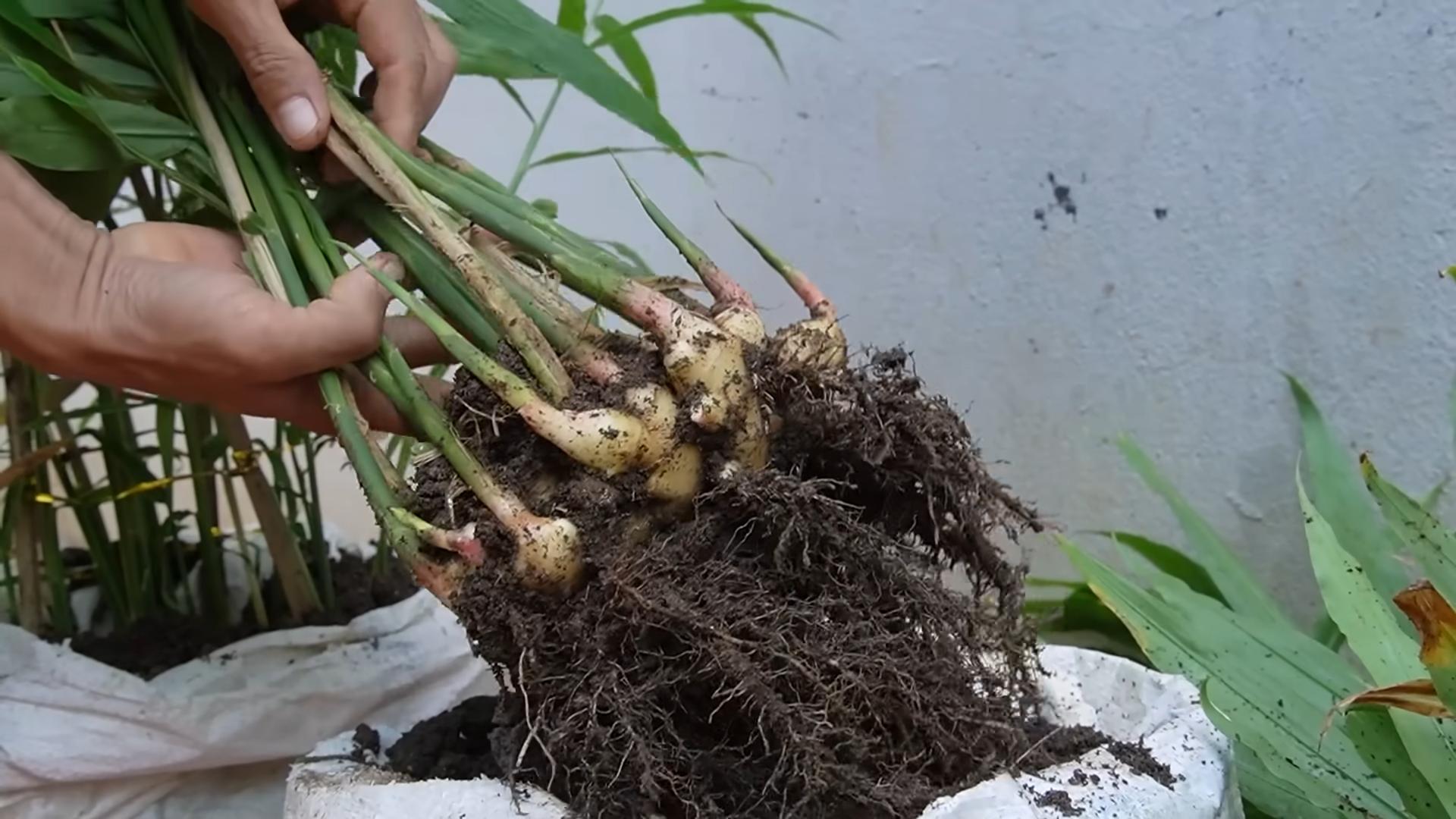
Growing Ginger at Home: A Beginner’s Guide
Hey there, fellow plant enthusiasts! Ever thought about growing your own ginger? It’s surprisingly easy and rewarding, and nothing beats the fresh, zesty flavor of homegrown ginger. I’m going to walk you through the whole process, from choosing the right ginger to harvesting your very own rhizomes. Let’s get started!
Choosing Your Ginger Rhizome
Okay, first things first, you need some ginger! But not just any ginger will do. You’re looking for a healthy rhizome (that knobby thing you buy at the grocery store). Here’s what to look for:
* Plumpness: Choose a rhizome that’s nice and plump, not shriveled or dried out.
* “Eyes”: Look for rhizomes with visible “eyes” – these are small buds or growth points. The more eyes, the better your chances of success.
* Firmness: Give it a gentle squeeze. It should feel firm, not soft or mushy.
* Organic (Optional, but Recommended): If possible, opt for organic ginger. Non-organic ginger may have been treated to prevent sprouting, which defeats the purpose!
Preparing Your Ginger for Planting
Before you can stick that ginger in the ground, you need to wake it up a bit. This process is called “chitting” or pre-sprouting.
1. Soaking: Soak your ginger rhizome in lukewarm water for 12-24 hours. This rehydrates it and encourages those eyes to start sprouting. I usually use a bowl or container large enough to fully submerge the ginger.
2. Cutting (Optional): If your rhizome is large, you can cut it into smaller pieces, making sure each piece has at least one or two “eyes.” This will give you multiple ginger plants! Use a clean, sharp knife to avoid spreading any diseases. Let the cut ends air dry for a day or two to prevent rotting.
3. Sprouting (Optional, but Recommended): Place the ginger rhizome (or pieces) in a plastic bag or container with some slightly damp paper towels or vermiculite. Seal the bag or container and place it in a warm, dark place. Check on it every few days, making sure the paper towels or vermiculite stay moist but not soggy. You should start to see small green shoots emerging from the “eyes” within a week or two. This step isn’t strictly necessary, but it gives your ginger a head start and increases your chances of success.
Planting Your Ginger
Now for the fun part – getting that ginger in the soil!
1. Choosing the Right Pot (If Growing in a Container): Ginger needs plenty of space to spread its roots, so choose a pot that’s at least 12 inches deep and wide. A wider pot is better than a deeper one. Make sure the pot has drainage holes to prevent waterlogging.
2. Preparing the Soil: Ginger loves rich, well-draining soil. A good mix is equal parts potting soil, compost, and perlite or vermiculite. The compost provides nutrients, while the perlite or vermiculite improves drainage. I like to mix everything together thoroughly in a large container before filling the pot.
3. Planting the Rhizome: Fill your pot with the soil mixture, leaving a few inches of space at the top. Place the ginger rhizome (or piece) on top of the soil, with the “eyes” facing upwards. Cover the rhizome with about 1-2 inches of soil.
4. Watering: Water the soil thoroughly after planting, making sure the water drains out of the bottom of the pot. Don’t overwater, as this can cause the rhizome to rot.
Caring for Your Ginger Plant
Ginger is relatively low-maintenance, but it does need a few things to thrive.
1. Light: Ginger prefers bright, indirect light. Avoid direct sunlight, which can scorch the leaves. An east-facing window is ideal. If you’re growing your ginger outdoors, choose a spot that gets morning sun and afternoon shade.
2. Watering: Keep the soil consistently moist, but not soggy. Water when the top inch of soil feels dry to the touch. During the growing season (spring and summer), you may need to water more frequently. Reduce watering in the fall and winter when the plant is dormant.
3. Humidity: Ginger loves humidity. If you live in a dry climate, you can increase humidity by misting the plant regularly, placing a tray of water near the plant, or using a humidifier.
4. Temperature: Ginger thrives in warm temperatures, ideally between 65°F and 90°F (18°C and 32°C). Avoid exposing the plant to temperatures below 50°F (10°C).
5. Fertilizing: Feed your ginger plant every 2-3 weeks during the growing season with a balanced liquid fertilizer. Follow the instructions on the fertilizer label. I like to use an organic fertilizer for a more natural approach.
6. Pest Control: Ginger is generally pest-resistant, but it can occasionally be affected by aphids or spider mites. If you notice any pests, treat the plant with insecticidal soap or neem oil.
Harvesting Your Ginger
The best part! You can start harvesting ginger about 8-10 months after planting.
1. When to Harvest: You can harvest ginger at any time, but the flavor will be milder if you harvest it earlier. For a more mature, spicier flavor, wait until the plant is about 8-10 months old. The leaves will start to turn yellow and die back when the plant is ready to harvest.
2. How to Harvest: Gently dig around the plant and lift the rhizomes out of the soil. You can harvest the entire plant or just a portion of it, leaving the rest to continue growing. If you only want a small amount of ginger, carefully dig around the edge of the pot and cut off a piece of the rhizome. Be sure to cover the remaining rhizome with soil.
3. Cleaning and Storing: Wash the harvested ginger rhizomes thoroughly to remove any dirt. You can store fresh ginger in the refrigerator for several weeks. Wrap it in a paper towel and place it in a plastic bag. You can also freeze ginger for longer storage. Peel the ginger and chop it into small pieces before freezing.
Troubleshooting
Even with the best care, sometimes things don’t go as planned. Here are a few common problems you might encounter and how to fix them:
* Rhizome Rot: This is usually caused by overwatering. Make sure your soil is well-draining and avoid watering too frequently. If you suspect rhizome rot, carefully dig up the rhizome and inspect it. If it’s soft and mushy, it’s likely rotting. Discard the affected rhizome and start with a fresh one.
* Yellowing Leaves: This can be caused by several factors, including overwatering, underwatering, nutrient deficiencies, or pests. Check the soil moisture and adjust your watering accordingly. Fertilize the plant if it’s been a while since you last fed it. Inspect the plant for pests and treat accordingly.
* Slow Growth: This can be caused by insufficient light, low temperatures, or nutrient deficiencies. Make sure your plant is getting enough light and warmth. Fertilize the plant regularly during the growing season.
Enjoying Your Homegrown Ginger
Now that you’ve harvested your own ginger, it’s time to enjoy it! Here are a few ideas:
* Cooking: Add fresh ginger to stir-fries, soups, curries, and other dishes.
* Tea: Make a soothing ginger tea by steeping sliced ginger in hot water.
* Baking: Use grated ginger in cookies, cakes, and other baked goods.
* Pickling: Pickle ginger to serve with sushi or other Asian dishes.
* Candied Ginger: Make your own candied ginger for a sweet and spicy treat.
Growing ginger at home is a fun and rewarding experience. With a little patience and care, you can enjoy fresh, flavorful ginger all year round. Happy growing!
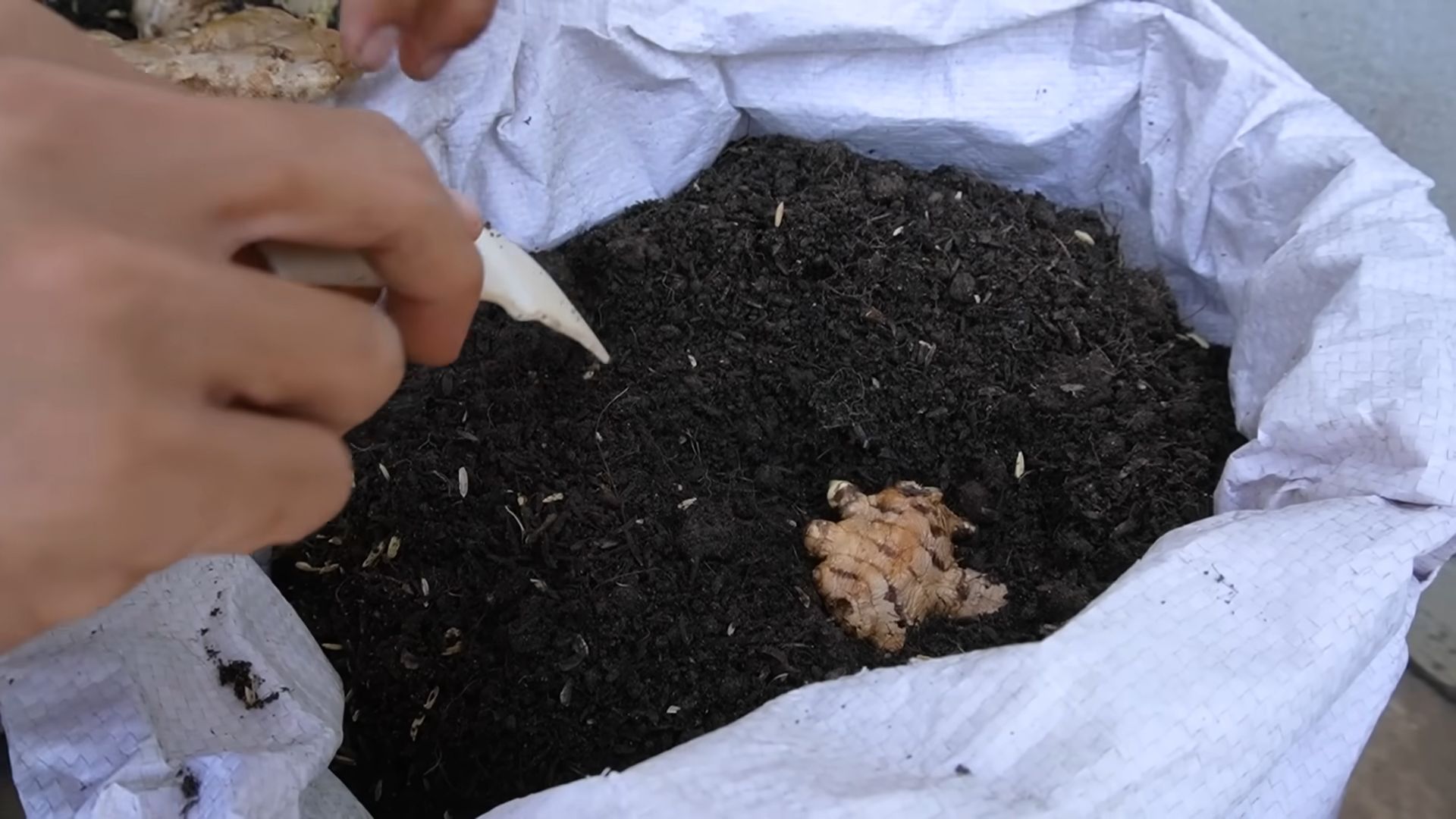
Conclusion
So, there you have it! Growing ginger at home is not only achievable, but it’s also incredibly rewarding. Imagine the satisfaction of harvesting your own fresh, flavorful ginger whenever you need it, knowing exactly where it came from and how it was grown. Forget those bland, store-bought rhizomes that have been sitting on shelves for weeks. With this simple DIY trick, you can have a constant supply of vibrant, aromatic ginger right at your fingertips.
This isn’t just about saving a few dollars; it’s about connecting with your food, understanding the growing process, and enjoying the unparalleled taste of homegrown ingredients. The difference in flavor between store-bought and homegrown ginger is truly remarkable. The homegrown variety boasts a brighter, zestier, and more complex flavor profile that will elevate your culinary creations to a whole new level.
Beyond the superior taste, growing your own ginger offers a unique opportunity to experiment and personalize your harvest. Consider trying different varieties of ginger, such as the spicier Chinese ginger or the milder Hawaiian ginger. You can also adjust the growing conditions to influence the flavor and size of your rhizomes. For example, increasing the amount of sunlight can result in a more intense flavor, while providing more shade can encourage larger rhizomes.
Don’t be afraid to get creative with your growing medium. While a standard potting mix works well, you can also experiment with adding compost, perlite, or vermiculite to improve drainage and aeration. Some gardeners even swear by growing ginger in raised beds or containers filled with a mixture of coconut coir and worm castings.
And the best part? This DIY trick is incredibly easy and accessible, even for beginner gardeners. With just a few simple supplies and a little bit of patience, you can transform a humble ginger rhizome into a thriving plant that will provide you with a continuous supply of fresh ginger for months to come.
We wholeheartedly encourage you to give this DIY trick a try. It’s a fun, educational, and ultimately delicious experience that will transform the way you think about ginger. Once you’ve tasted the difference between homegrown and store-bought ginger, you’ll never go back!
So, grab a ginger rhizome, follow our simple steps, and get ready to embark on a rewarding gardening adventure. And most importantly, don’t forget to share your experiences with us! We’d love to hear about your successes, your challenges, and any variations you’ve tried. Share your photos, your tips, and your stories in the comments below. Let’s create a community of ginger-growing enthusiasts and inspire others to discover the joys of homegrown goodness. Growing ginger at home is easier than you think, and the rewards are well worth the effort.
Frequently Asked Questions (FAQ)
1. What kind of ginger should I use to start growing?
You can use ginger from the grocery store, but make sure it’s plump, healthy-looking, and preferably organic. Avoid ginger that is shriveled, moldy, or has been treated with growth inhibitors. Look for rhizomes with visible “eyes” or buds, as these are where the new shoots will emerge. Organic ginger is often a better choice because it’s less likely to have been treated with chemicals that could prevent sprouting. If you can find a local nursery that sells ginger specifically for planting, that’s even better!
2. How long does it take for ginger to sprout?
Sprouting time can vary depending on the temperature, humidity, and the health of the ginger rhizome. Generally, it takes anywhere from 2 to 4 weeks for sprouts to appear. To speed up the process, you can soak the ginger in warm water overnight before planting. Make sure the soil is consistently moist but not waterlogged, and keep the pot in a warm location. Patience is key!
3. What kind of soil is best for growing ginger?
Ginger thrives in well-draining, nutrient-rich soil. A good potting mix is essential. A mixture of equal parts potting soil, compost, and perlite or vermiculite is ideal. The compost provides essential nutrients, while the perlite or vermiculite improves drainage and aeration. Avoid heavy clay soils, as they can become waterlogged and lead to root rot. You can also amend your soil with organic matter, such as aged manure or leaf mold, to further improve its fertility and drainage.
4. How much sunlight does ginger need?
Ginger prefers partial shade, especially in hot climates. Direct sunlight can scorch the leaves. A location that receives morning sun and afternoon shade is ideal. If you’re growing ginger indoors, place it near a bright window but away from direct sunlight. You can also use a sheer curtain to filter the sunlight. If the leaves start to turn yellow or brown, it’s a sign that the plant is getting too much sun.
5. How often should I water my ginger plant?
Water your ginger plant regularly, keeping the soil consistently moist but not waterlogged. Allow the top inch of soil to dry out slightly between waterings. Overwatering can lead to root rot, so it’s important to ensure good drainage. During the growing season (spring and summer), you may need to water more frequently than during the dormant season (fall and winter). Check the soil moisture regularly and adjust your watering schedule accordingly.
6. When is the best time to harvest ginger?
You can start harvesting ginger about 8-10 months after planting. The leaves will start to turn yellow and die back, indicating that the rhizomes are mature. You can harvest the entire plant or just dig up a portion of the rhizome, leaving the rest to continue growing. To harvest, carefully dig around the plant and lift the rhizomes out of the soil. Wash off any excess dirt and enjoy your fresh ginger!
7. Can I grow ginger indoors?
Yes, you can definitely grow ginger indoors! In fact, it’s a great way to enjoy fresh ginger year-round, especially if you live in a colder climate. Choose a pot that is at least 12 inches in diameter and 12 inches deep to allow the rhizomes plenty of room to grow. Use a well-draining potting mix and place the pot in a location that receives bright, indirect sunlight. Water regularly and fertilize every few weeks with a balanced liquid fertilizer.
8. What are some common problems when growing ginger, and how can I prevent them?
Some common problems when growing ginger include root rot, fungal diseases, and pests such as aphids and spider mites. To prevent root rot, ensure good drainage and avoid overwatering. To prevent fungal diseases, provide good air circulation and avoid wetting the foliage when watering. To control pests, inspect your plants regularly and treat any infestations promptly with insecticidal soap or neem oil.
9. Can I grow ginger in a container?
Absolutely! Growing ginger in containers is a great option, especially if you have limited space or want to move your plants indoors during the winter. Choose a container that is at least 12 inches in diameter and 12 inches deep. Make sure the container has drainage holes to prevent waterlogging. Use a well-draining potting mix and place the container in a location that receives partial shade. Water regularly and fertilize every few weeks with a balanced liquid fertilizer.
10. How do I store harvested ginger?
Freshly harvested ginger can be stored in the refrigerator for several weeks. Wrap it in a paper towel and place it in a plastic bag or container. You can also freeze ginger for longer storage. Peel and chop the ginger into small pieces, then freeze it in a single layer on a baking sheet. Once frozen, transfer the ginger to a freezer bag or container. You can also grate the ginger and freeze it in ice cube trays for easy use.


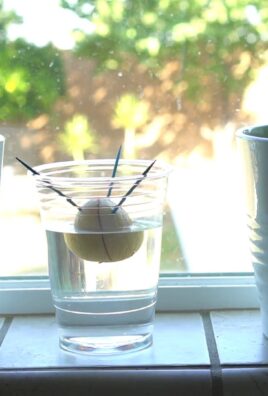
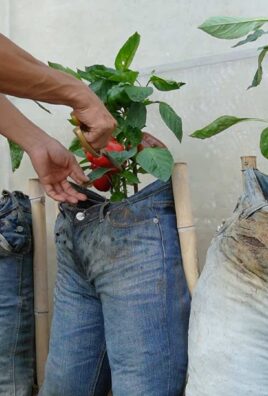
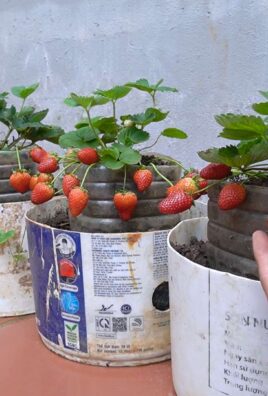
Leave a Comment